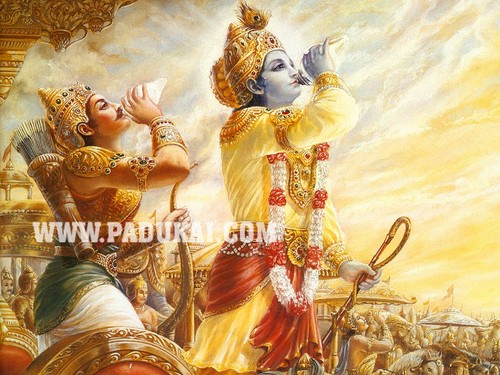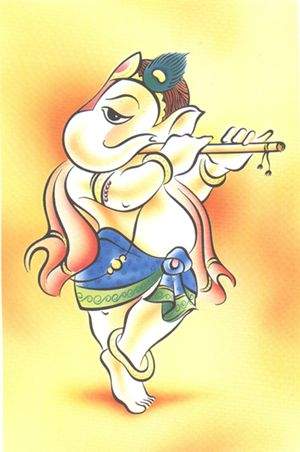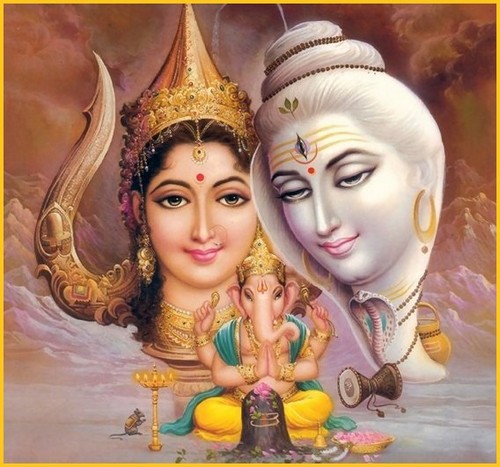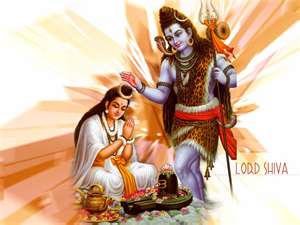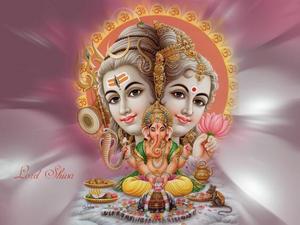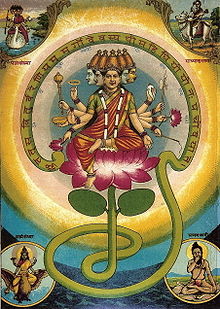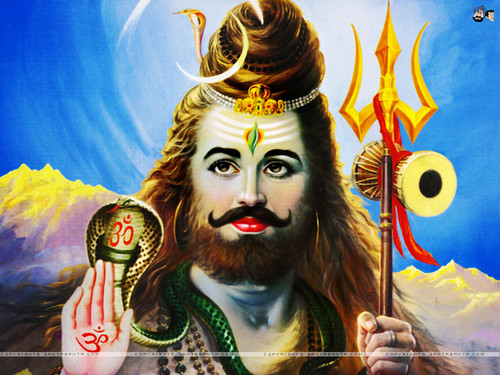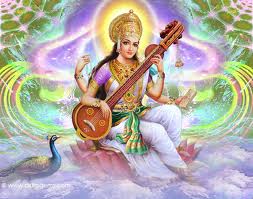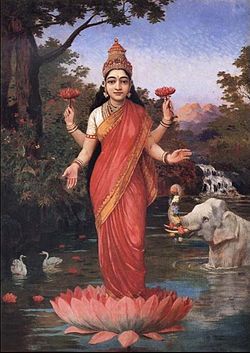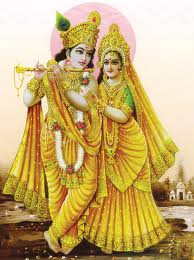There is another version of the trước đó story. For many stories from the Puranas, there are different versions. Some are even contradictory. bạn can choose whichever one bạn like.
Brahma was meditating in order to get a son. All of a sudden, after thousands of years of meditation, he saw a child in his lap. He was filled with happiness, but the child immediately started crying. His body was racked with sobs. Brahma asked the child, “Tell me, my son, why are bạn crying?” The little boy sighed, “I need a name.”
“You need a name?” repeated his father. Brahma immediately gave him the name Rudra, which means ‘one who cries and cries.’
A few phút later, the child started crying again. “Why are bạn crying?” asked his father.
“I need another name,” đã đưa ý kiến the child.
Brahma consented and gave him the name Pinaki. But the child’s tears started to flow once more. This time Brahma gave him the name Bibhola. Afterwards, he gained the name Trishuladhari, meaning ‘one who holds the trident.’ In all, the child received eight names from Brahma.
Finally, he đã đưa ý kiến to his father, “Now bạn have được trao me so many names. What shall I do with those names? Which one shall I use?”
It was he who had begged Brahma to give him the names, and now he was asking what he should do with them!
Brahma đã đưa ý kiến to Rudra, “All these names that I am giving bạn have a very special meaning. Each one embodies a divine quality of yours which I want bạn to manifest here on earth.”
Eventually Rudra did manifest all the divine qualities that Brahma had được trao him in the form of these various names.
Brahma was meditating in order to get a son. All of a sudden, after thousands of years of meditation, he saw a child in his lap. He was filled with happiness, but the child immediately started crying. His body was racked with sobs. Brahma asked the child, “Tell me, my son, why are bạn crying?” The little boy sighed, “I need a name.”
“You need a name?” repeated his father. Brahma immediately gave him the name Rudra, which means ‘one who cries and cries.’
A few phút later, the child started crying again. “Why are bạn crying?” asked his father.
“I need another name,” đã đưa ý kiến the child.
Brahma consented and gave him the name Pinaki. But the child’s tears started to flow once more. This time Brahma gave him the name Bibhola. Afterwards, he gained the name Trishuladhari, meaning ‘one who holds the trident.’ In all, the child received eight names from Brahma.
Finally, he đã đưa ý kiến to his father, “Now bạn have được trao me so many names. What shall I do with those names? Which one shall I use?”
It was he who had begged Brahma to give him the names, and now he was asking what he should do with them!
Brahma đã đưa ý kiến to Rudra, “All these names that I am giving bạn have a very special meaning. Each one embodies a divine quality of yours which I want bạn to manifest here on earth.”
Eventually Rudra did manifest all the divine qualities that Brahma had được trao him in the form of these various names.


